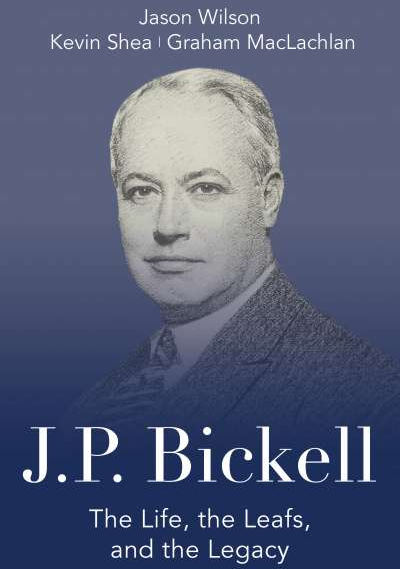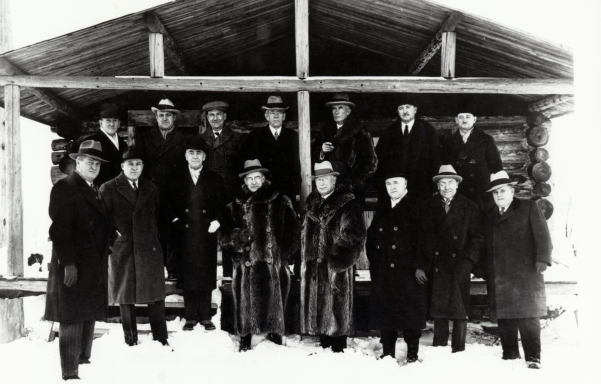The Yukon’s earliest newspapers frequently treated the Tr’ondëk Hwëch’in poorly
The Klondike Gold Rush altered the lives of several Yukon First Nations. The most affected were the Tr’ondëk Hwëch’in, living near Dawson City. The Tr’ondëk Hwëch’in came in contact with white people years before the gold rush. The first traders (Jack McQuesten, Frank Bonfield) arrived in their territories as early as 1874. Other than traders, early newcomers were missionaries and miners.
After gold was discovered on Rabbit Creek in 1896, enormous waves of white newcomers came to the Yukon. By 1898, about 40,000 people settled in Dawson City, the center of the Klondike Gold Rush, and the Tr’ondëk Hwëch’in living in this area became a minority in their traditional territories.
The Tr’ondëk Hwëch’in, who relocated to the little community of Moosehide, three kilometers downriver from the new town, had to adapt their lives to interact with the residents of Dawson City and miners working on the adjacent creeks.


























